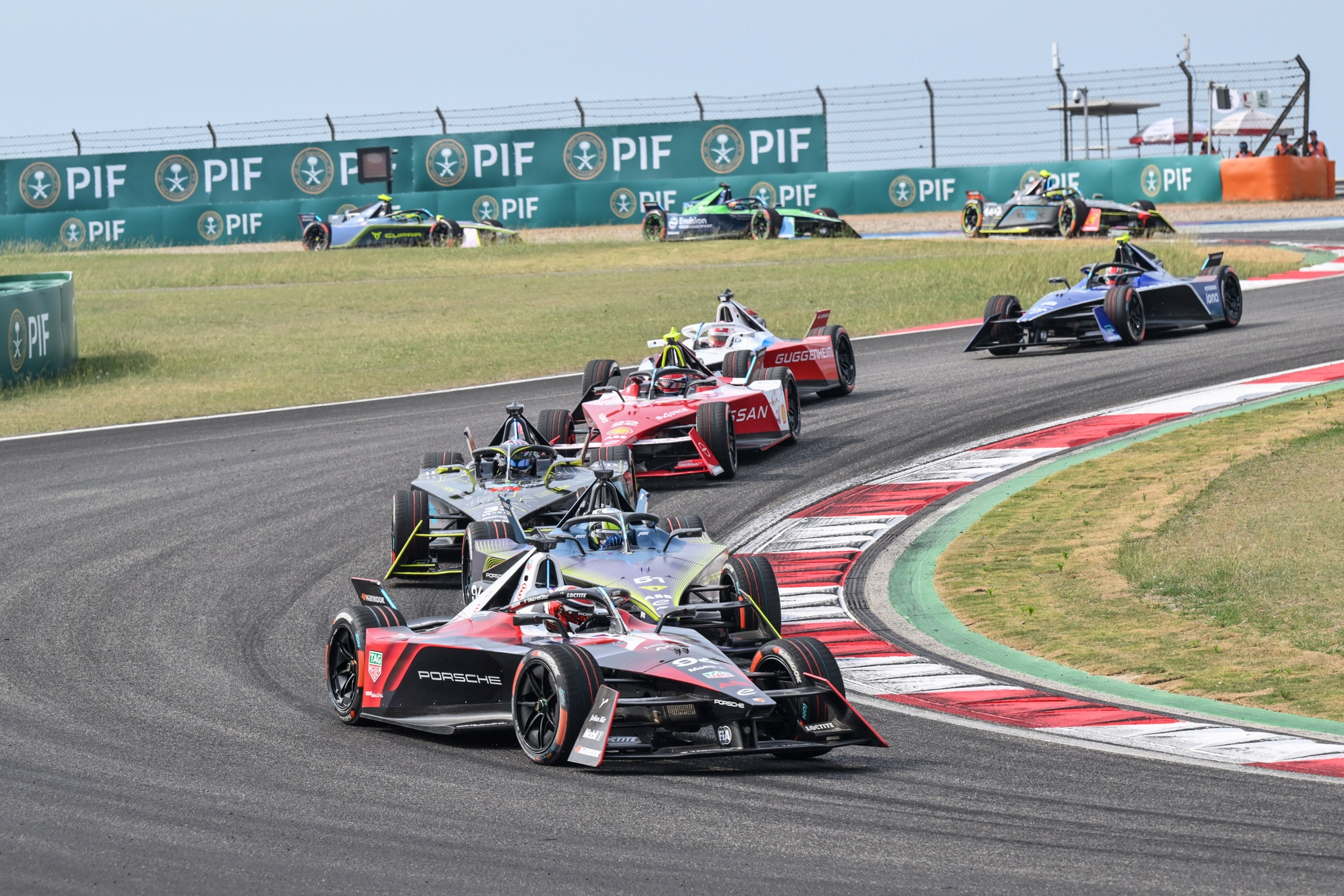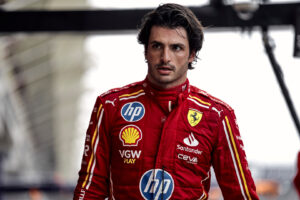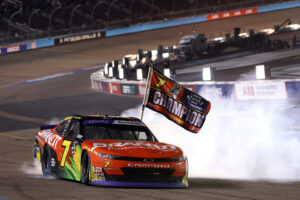Attack Mode has been critical for the Formula E championship fight but what is it?
Pascal Wehrlein clinched the title in the thrilling conclusion of Season 10 of the ABB FIA Formula E Championship. One strategic element stood out in his campaign: Attack Mode. Initially, the feature was included back in season five. Drivers would earn an extra boost of power after passing through a specific section of the track off the racing line. It was a feature that stood out against other forms of motorsport. In fact, it was often compared to Mario Kart’s dash panels, and it made the racing that much more interesting.
What is Attack Mode?
Attack Mode is a brief boost of power. Drivers can engage it by passing through a specific activation zone on the circuit. Drivers must press a button on their steering wheel and pass through the unique Activation Zone at each circuit to activate the mode. The zone is not on the traditional racing line. However, they receive an additional 50kW of power for adopting the slower line through the corner. This brings their total power to 350kW for a brief period. This is announced by the FIA prior to the race. Fans can observe LED-coloured lights on the halo of the car when it is activated.
Comparisons can be made to Formula 1’s Drag Reduction System or DRS and Indycar’s Push-to-Pass which both aid in overtaking. In Indycar, the Push-to-Pass is a button that increases the power output of the engine by about 60 horsepower. In F1, when drivers enter the DRS activation zones and are within 1 second of the car in front, they can press a button on their steering wheel. This will open the flap in their rear wing, which rapidly decreases drag and increases straight-line speed adding about 15kph. The flap is closed when they hit the brakes.
Strategic Importance and the Show
Drivers must carefully plan when to use their Attack Mode activations. They must weigh the necessity for instant power against the possibility of losing positions and the time of their rivals’ activations. As seen by Wehrlein’s campaign, this tactical component can significantly impact the outcome of the race.
Wehrlein and the Porsche crew showed remarkable tactical awareness when using Attack Mode during the season. They were able to deploy the power increases at crucial times by studying the tactics and track positions of their rivals. This helped Wehrlein make decisive passes and hold the lead in important races.
It is clear Formula E is not afraid to make changes to make the sport more exciting and appealing to fans. Last season, an estimated 225 million viewers watched the sport. The mode may not have contributed directly, but it certainly brings layers of unpredictability and excitement. Fans are kept on the edge of their seats by the tactical drama and visuals of drivers moving away from the racing line, entering the activation zone, and charging to make overtakes with their additional power. The timing, the strategy, and the capacity to adjust in quickly shifting racing circumstances, make it a prime element in the sport, and one that may even help a driver secure the title.






